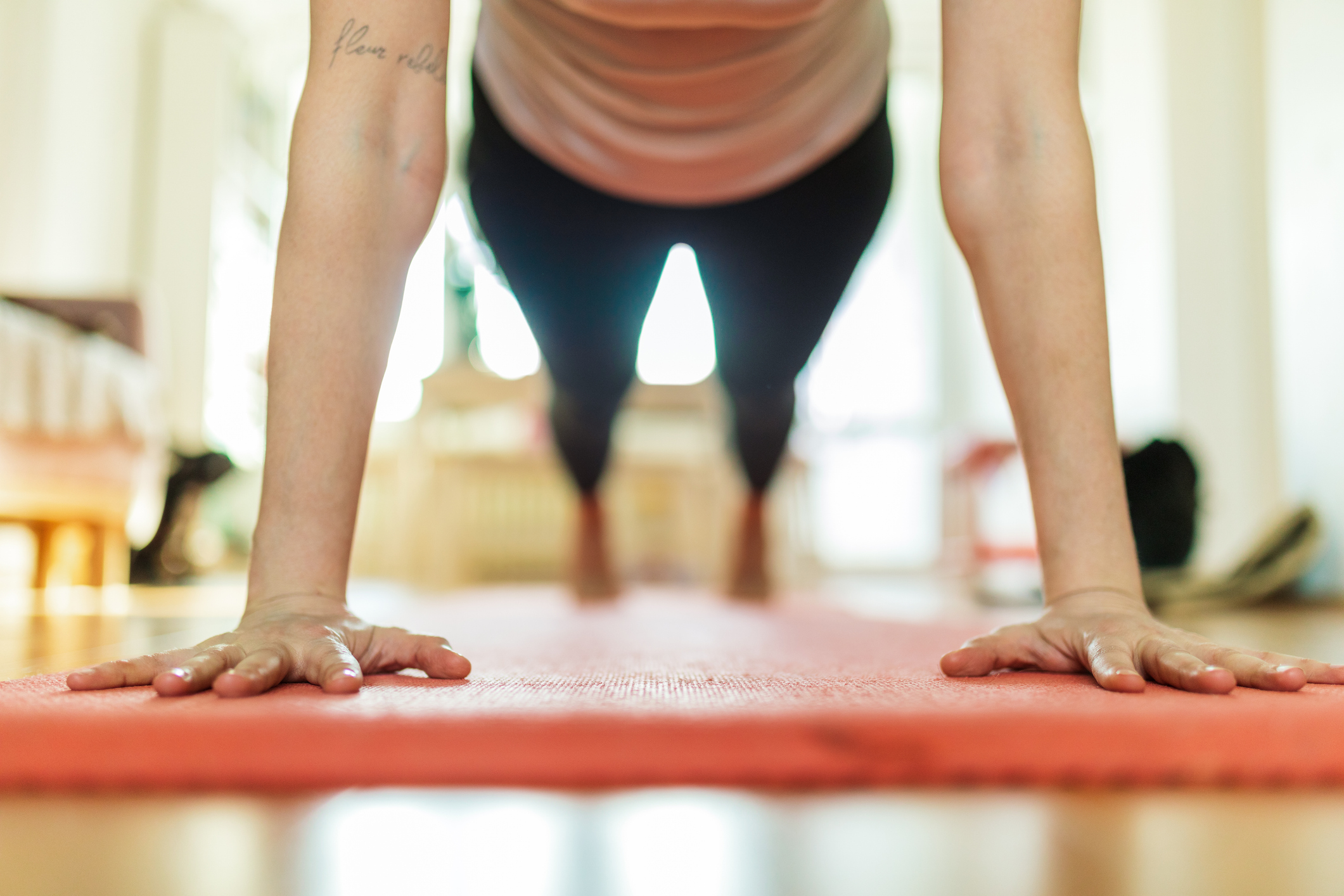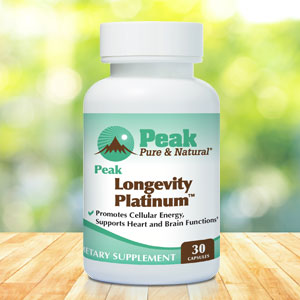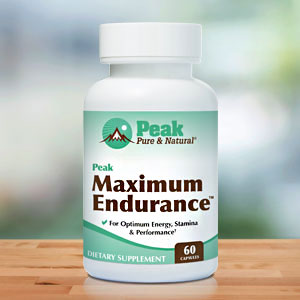Get Easy Health Digest™ in your inbox and don’t miss a thing when you subscribe today. Plus, get the free bonus report, Mother Nature’s Tips, Tricks and Remedies for Cholesterol, Blood Pressure & Blood Sugar as my way of saying welcome to the community!
How to stay strong without joining a gym

I’m in my 70th year, living independently, and loving it.
But will I always be able to live this way? What happens when I hit 80? 90? Will I still be strong enough to climb the stairs, take out the trash or lift a stack of dishes out of the closet?
I’ve tried joining a gym, but the longest I lasted was three days. It’s just not for me — plus, it’s expensive.
Perhaps you’re having some of the same thoughts I am, even if you’re still in your 50s or 60s.
Well, I’ve got good news for you: there’s a way to strengthen your body over time that’s readily available to pretty much all of us – for free.
What is bodyweight training?
As the name suggests, bodyweight training is simply strength training, but without the use of external forces or equipment.
In bodyweight training, you use your own body weight as resistance, rather than dumbbells or other equipment.
Common bodyweight training exercises include things you’re likely familiar with already, like push-ups, sit-ups, squats, and lunges.
But bodyweight training isn’t all movement. It can include holding positions that challenge your body without moving, like planks or yoga poses.
Here are four basic types of bodyweight training:
- Calisthenics – a series of exercises done with minimal rest in between. Exercises are usually focused on strengthening the body as a whole. They’re good for improving functional strength and speed, especially for older adults. Here are some examples of calisthenics exercises to get started.
- Yoga – involves holding more static poses that increase flexibility and balance. (Yoga is also good for your mental health.
- Tai Chi – slower, more controlled movements that emphasize balance and posture.
- Suspension training – straps or rings support your body in different positions while gravity and your own body weight provide resistance.
Research shows that bodyweight training can be just as effective at increasing strength as free-weight or machine-based exercises.
A 2021 study showed that practicing bodyweight exercises for as little as 11 minutes, three times per week, improved aerobic fitness, which has been linked to a lower risk of hospitalization.
A bonus of doing calisthenics is that they mimic everyday actions, such as getting up from a chair, thereby improving your functional abilities.
The only downside to bodyweight training is that you’ll need to be creative to make it more challenging over time. Depending on the exercise, you may be able to add ankle weights or a weighted body vest. Slowing your speed or working one side of the body are also ways to increase difficulty.
How to get started safely
As with any new exercise regimen, it’s always best to check with your doctor before starting.
Once you have the go-ahead, here are some tips for getting started:
Start small. Pick a few simple moves, and don’t be in a hurry to move on until you’ve gained some strength, confidence and experience.
Quality over quantity. Moving with good control and body position is more effective than doing lots of reps with poor form and control.
Mix it up. Don’t allow yourself to get bored. Also, using a variety of exercises and methods will target different muscle groups.
Seek guidance. Reach out to your local exercise professionals (including physical therapists) to help you plan and track your progress.
And if you’re ready to try something completely different, kickboxing (a form of martial arts that combines karate with boxing) appears to be the perfect workout for older adults who want to work on their strength and balance.
Editor’s note: What do you really know about stroke? The truth is, only 10% of stroke survivors recover almost completely, and all doctors can offer is what to do after a stroke occurs. That’s unacceptable considering 80% of strokes are preventable! Click here to discover how to escape The Stroke Syndrome: 5 Signs it’s Stalking You — Plus the Hidden Causes and Preventive Measures You’ve Never Heard About!
Sources:
You Only Need 1 Piece of Equipment For Strength Training, And It’s Free — Science Alert
Bodyweight Training: A Return To Basics — Strength and Conditioning Journal
High-intensity bodyweight interval training increases strength and functional capacity in older adults — Motricidade
Simple Bodyweight Training Improves Cardiorespiratory Fitness with Minimal Time Commitment: A Contemporary Application of the 5BX Approach — International Journal of Exercise Science














